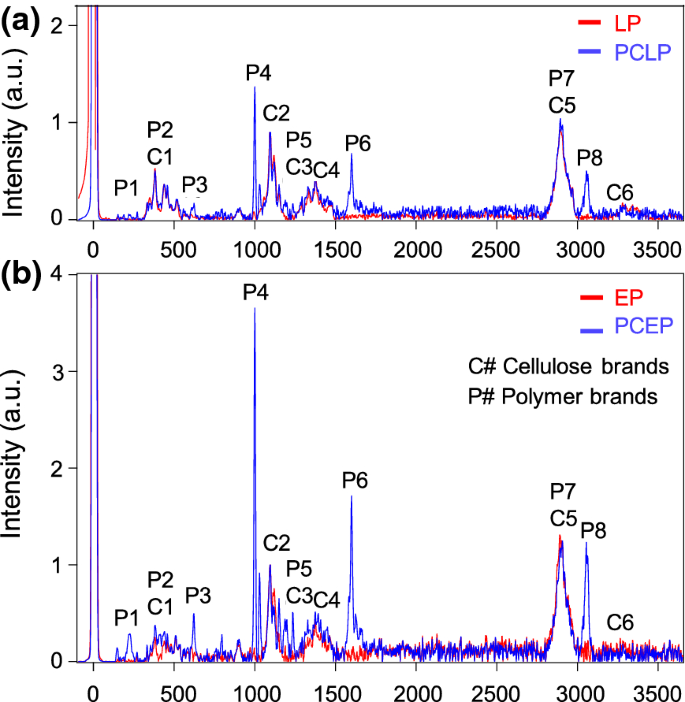
Patient access to minority healthcare professionals can help address some of these barriers - but we need more of these diverse providers to enter the medical field. These include a higher likelihood of being uninsured language barriers lack of access to childcare, transportation or time off work cultural differences with providers as well as discrimination within the healthcare system. Minority communities disproportionately face barriers to healthcare. Programs like this are playing an important role in improving representation in medicine and making a real impact in minority patient care. (NMF) Primary Care Leadership Program (PCLP) - an effort co-founded by GE Foundation that aims to improve diversity in medicine and expand access to primary care in underserved communities. Destinee is a scholar in the National Medical Fellowships, Inc. Today, there is an increasing focus in the medical field on closing this diversity gap. Latinos are 18.5 percent of the country, but only 5.8 percent of physicians and 4 percent of nurses.

population, they make up only 5 percent of doctors. For example, while African Americans comprise 13.4 percent of the U.S. While there have been slow gains in recent years, the medical community struggles to grow a representative pipeline of doctors, nurses and other healthcare providers from underrepresented minority groups. “When I look around, the vast majority of medical students and the vast majority of doctors don't look anything like me,” says Destinee Shipley, a first-year medical student at Morehouse School of Medicine in Atlanta and an African American woman.


 0 kommentar(er)
0 kommentar(er)
